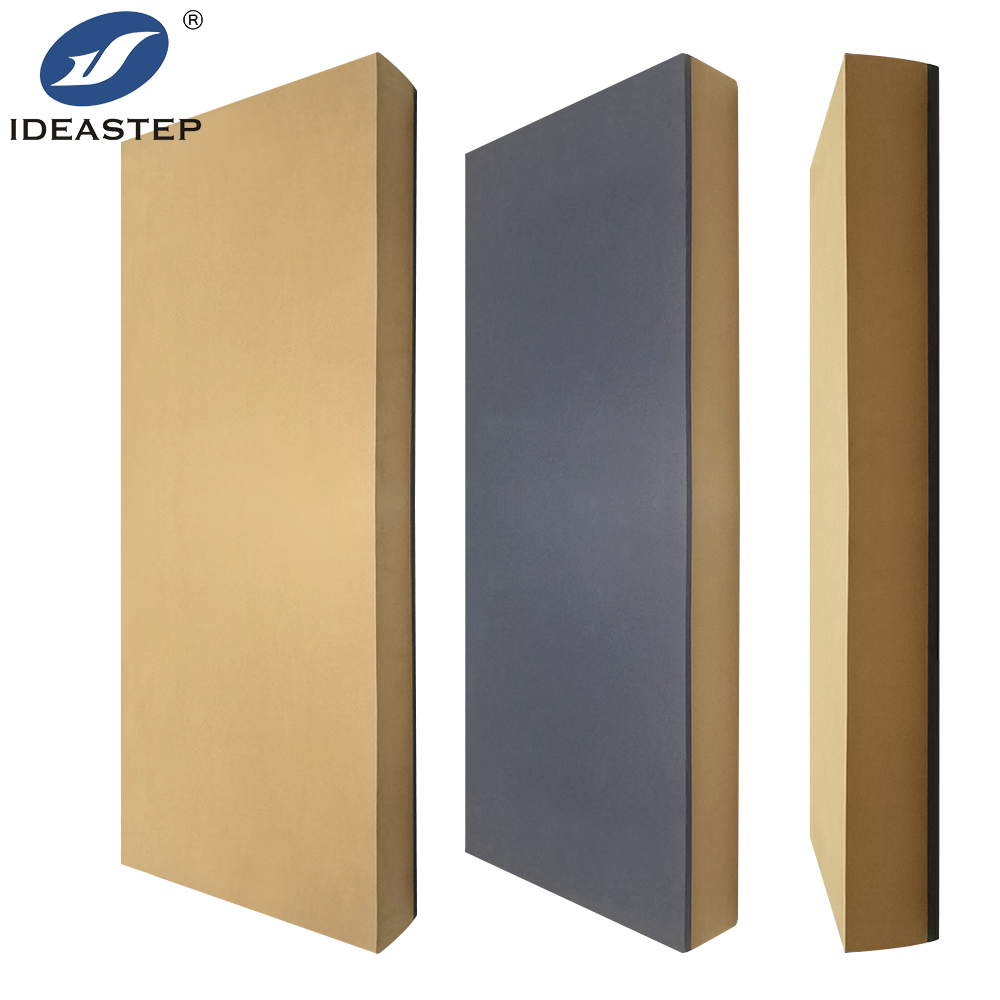Discover the ultimate showdown between EVA blocks and rubber foam as we delve into their unique characteristics and benefits. Are EVA blocks truly made of foam rubber? What exactly are EVA blocks? Join us as we compare these two popular materials, examining their durability, versatility, and performance. Unveil the winner in this professional analysis of eva blocks versus rubber foam.
Does Eva foam classify as rubber?
EVA, also known as expanded rubber or foam rubber, is indeed a type of foam rubber. It is widely used as padding in various sports equipment. For instance, ski boots often incorporate EVA foam to provide cushioning and support for the feet. Similarly, bicycle saddles are designed with EVA foam to enhance comfort during long rides. In contact sports like hockey and mixed martial arts, EVA foam is used in pads, gloves, and helmets to absorb impact and protect athletes from injuries. Wakeboard boots and waterski boots also utilize EVA foam to provide a comfortable and secure fit. Additionally, EVA foam is commonly used in the handles of fishing rods and reels, ensuring a comfortable grip for fishermen. The versatility and durability of EVA foam make it a popular choice in the manufacturing of sports equipment. Its lightweight nature and ability to absorb shock make it an ideal material for providing protection and comfort to athletes across various sports.
What purposes do foam blocks serve?
Foam blocks have a wide range of applications in various industries. These structural foam blocks are specifically engineered to provide lightweight fill, ensuring enhanced stability in transportation, commercial construction, and landscaping projects.
In the transportation sector, foam blocks are utilized for various purposes. They are commonly used as fillers in the construction of lightweight vehicles, such as cars, motorcycles, and bicycles. These foam blocks help reduce the overall weight of the vehicles, thereby improving fuel efficiency and reducing emissions. Additionally, they also serve as shock absorbers in the manufacturing of seats and other interior components, ensuring a comfortable and safe ride for passengers.

Foam blocks also play a crucial role in commercial construction projects. Due to their lightweight nature, they are often used as insulation materials in buildings. These blocks provide excellent thermal insulation, helping to regulate indoor temperatures and reduce energy consumption. Moreover, their stability and strength make them ideal for supporting load-bearing structures in construction projects, ensuring the overall structural integrity of the buildings.
Furthermore, foam blocks find applications in landscaping projects as well. They are commonly used as a foundation for outdoor pathways, patios, and driveways. The lightweight nature of these blocks simplifies the construction process while providing a stable surface for foot traffic and vehicles. Additionally, they can be easily shaped and molded to create decorative elements such as garden borders, retaining walls, and water features.
In summary, foam blocks are versatile materials that find applications in transportation, commercial construction, and landscaping industries. Their lightweight nature, stability, and strength make them indispensable for various projects. Whether it is providing insulation, supporting structures, or creating decorative elements, foam blocks offer a reliable and efficient solution.